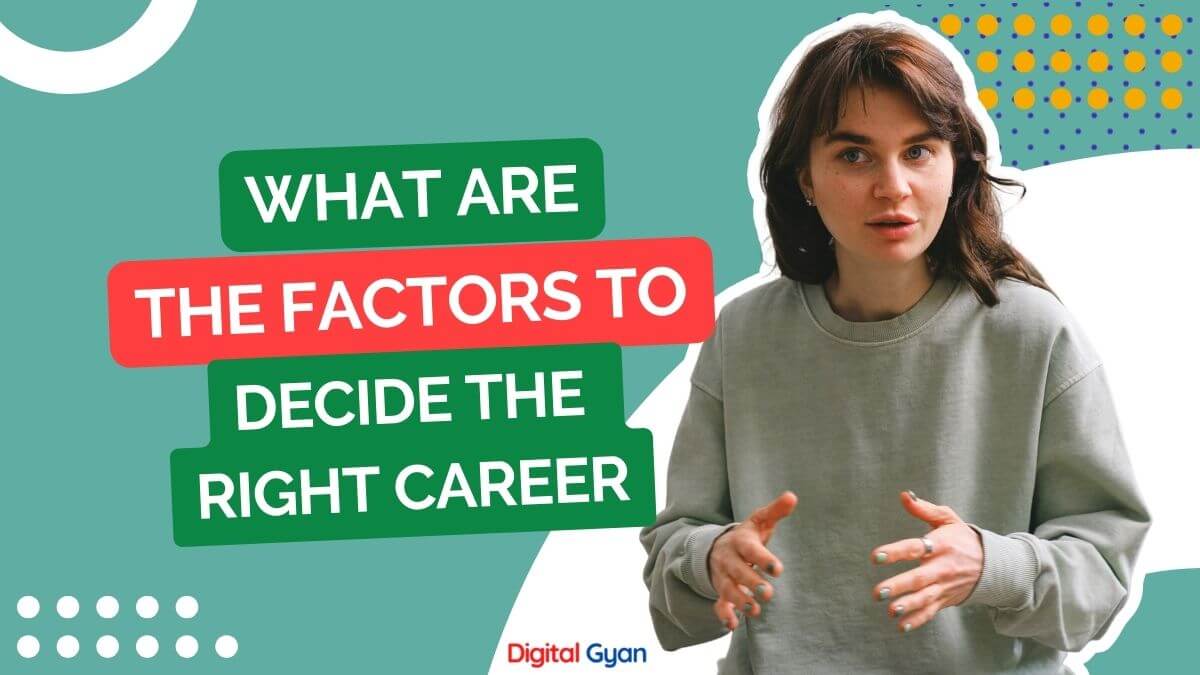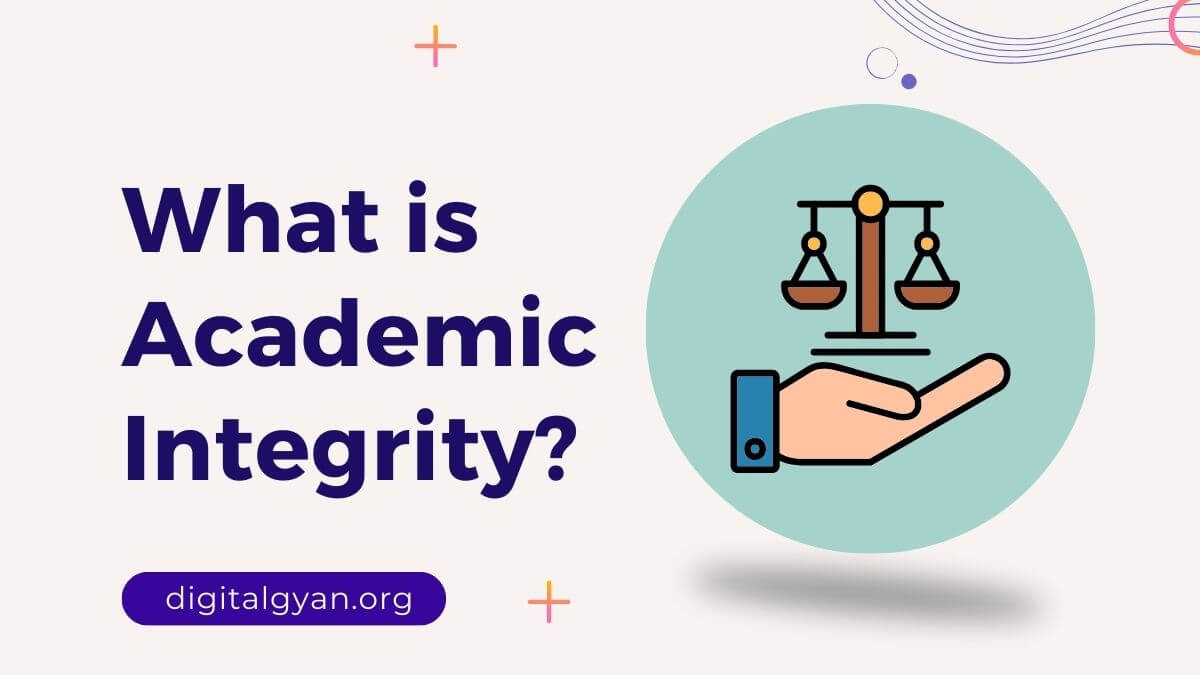7 Common Barriers to Critical Thinking
Critical thinking is a valuable skill that can help us navigate through complex situations and make better decisions. It involves analysing information, evaluating evidence, and applying logic and reasoning to solve problems.
However, despite its importance, critical thinking is not always easy. Many of us are prone to biases or preconceived notions hindering our critical thinking ability.
In this article, we will analyse 7 common barriers to critical thinking. By identifying these obstacles, we hope to raise awareness of the challenges that prevent us from engaging in effective critical thinking.
Lack of knowledge
A lack of knowledge is one of the most significant barriers to critical thinking. It’s essential to have a broad understanding of different topics to reason logically and make informed decisions. Without adequate knowledge, analysing situations and evaluating information effectively is challenging.
Moreover, our ability to think critically is also hindered by our tendency to rely on assumptions and stereotypes when we don’t have enough information. This can lead us to make incorrect judgments or believe in false narratives that are based on incomplete or inaccurate data, perpetuating misinformation.
To overcome this barrier, it’s crucial that we prioritize learning and constantly seek new information from reputable sources. We should also regularly question our assumptions and be open-minded about considering perspectives that may challenge our beliefs. By doing so, we can broaden our knowledge base and develop more nuanced reasoning skills that enable us to think deeply about complex issues.
Confirmation bias
Confirmation bias is one of the most prevalent barriers to critical thinking. This cognitive bias occurs when an individual actively seeks out information that supports their pre-existing beliefs or opinions. They tend to ignore or dismiss any evidence that contradicts their viewpoint, ultimately leading to a faulty conclusion.
One way to overcome confirmation bias is by practising active listening and being open to different perspectives. It is essential to evaluate the credibility and reliability of the sources used while avoiding relying on information from biased sources confirming our beliefs.
Critical thinking skills are crucial in today’s society, where we are surrounded by a vast amount of information coming from various sources, including social media. By recognizing and overcoming confirmation bias, individuals can make more informed decisions based on evidence rather than their personal biases and assumptions.
Emotional reasoning
Emotional reasoning is a barrier to critical thinking that can hinder our ability to make sound judgments and decisions. It involves allowing our emotions and feelings to guide our thinking rather than relying on evidence, logic, and reason. When we are emotionally invested in a situation or idea, we may be more likely to overlook contradictory information or dismiss opposing viewpoints.
For example, if someone strongly believes that their political party is always right, they may use emotional reasoning to justify their beliefs even when presented with contradicting evidence. This can lead to closed-mindedness and an unwillingness to consider alternative perspectives.
To overcome emotional reasoning as a barrier to critical thinking, it is important to recognize when our emotions are influencing our thoughts and take steps to separate the two. This can involve taking time to reflect on the situation objectively, seeking out diverse perspectives from others, and being willing to reconsider our beliefs in light of new information.
Groupthink
Groupthink is also one of the common barriers to critical thinking. Groupthink occurs when a group of individuals conform to the opinions or decisions of the majority, often leading to irrational or ineffective outcomes. This can occur in various settings, such as workplaces, schools, or social groups.
Groupthink can be particularly dangerous in decision-making situations where diverse perspectives and ideas should be considered. In these situations, members may feel pressure to conform to avoid conflict or maintain group cohesion. As a result, important information or alternative solutions may be overlooked.
To overcome groupthink, it’s crucial for individuals within the group to actively seek out and consider differing viewpoints and encourage open communication. It’s also helpful for leaders to promote an environment that values diversity of thought and constructive criticism rather than blind conformity. By doing so, groups can make more informed decisions with better outcomes.
Stereotyping and prejudice
Stereotyping and prejudice are two major barriers to critical thinking that we must strive to overcome. Stereotyping occurs when we make generalized assumptions about a group of people based on their race, gender, religion, or other characteristics. This can lead us to overlook individual differences and biases, leading us to treat people unfairly based on their perceived group membership.
Prejudice is another barrier that can cloud our judgment and prevent us from seeing the world objectively. Prejudice occurs when we hold preconceived notions or opinions about someone without any evidence or experience with them. These beliefs can be rooted in stereotypes or past experiences, leading to discrimination against individuals who do not fit our predetermined mould.
We as critical thinkers must recognize these barriers within ourselves and work actively towards overcoming them through education, self-reflection, and empathy-building exercises. Doing so enhances our ability to think critically, make sound decisions without biases, and become more effective problem-solvers in all areas of life.
Over-reliance on authority
Over-reliance on authority can be a significant barrier to critical thinking. This occurs when individuals rely too heavily on the opinions or statements of an authority figure without questioning their validity or considering other perspectives. This type of thinking can be dangerous, as it may lead individuals to accept information without properly evaluating it.
One example of over-reliance on authority is seen in the way people approach news and information. Many individuals get their news solely from one source, such as a particular television network or newspaper, without seeking out alternative viewpoints. This leads to a narrow understanding of current events and limits critical thinking skills.
Another example is seen in educational settings where students may blindly accept what their teacher says without questioning the material presented. While teachers are an important source of knowledge, they are not infallible and should be open to discussion and debate with their students. Over-reliance on authority detracts from independent thought and undermines the principles of critical thinking.
Fallacious reasoning
Fallacious reasoning is one of the most common barriers to critical thinking. It refers to an argument that appears to be logical but contains a flaw that makes it invalid. Different types of fallacies include ad hominem, straw man, and false dilemma.
Ad hominem fallacy involves attacking the person making an argument rather than addressing their points. For instance, instead of refuting someone’s claim that climate change is real and caused by human activities, one could dismiss them as a liberal or environmentalist without any evidence.
The straw man fallacy occurs when someone misrepresents their opponent’s arguments to make them easier to refute. For example, if someone argues against gun control by claiming that it would lead to banning all firearms altogether when no one has made such a proposal.
The false dilemma happens when someone presents only two options as the only possible choices when others are available. For instance, if someone argues that we have universal healthcare or no healthcare at all.
Conclusion
In conclusion, there is a pressing need to overcome the barriers to critical thinking. These eight common barriers are identifiable and can be rectified with conscious effort. Cognitive biases must be recognized and addressed as they lead to faulty reasoning and decision-making. Secondly, emotions have a powerful impact on our thought processes and must be managed effectively for clear thinking.

